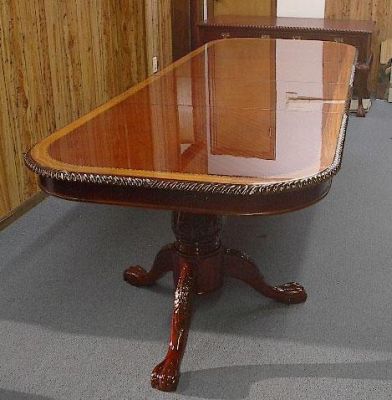Question
I recently met a designer who could potentially become a good client. I haven't seen the furniture he wants to match yet, but I get the feeling that it is going to be that high gloss plastic looking Italian furniture that they have in some showrooms around here. I have been able to avoid high gloss up until now. Can someone point me in the direction of materials and techniques from grain fill through delivery? I have been using Valspar and ML Campbell finishes. Also, can you scribe to the wall with this finish, or should I insist on reveals?
Forum Responses
(Finishing Forum)
From contributor M:
Lots of subjectivity in how to get a high gloss, lots of personal favorites in techniques. I also tend to avoid gloss. Anyhow, there are a couple of ways of filling the grain. Many grain fillers are oil-based and I would not use an oil based grain filler under any lacquer, CV, or 2K poly. It can be done; I've seen it. Just takes eons for the oil base filler to cure safely.
I have used, on small projects, Famowood wood putty (with the color I desire in the grain) on natural wood (no stain) with only a clear coat. Works well. I thin the putty with lacquer retarder to make it cure slower.
For a clear grain fill, use ML Campbell's Level sealer. It's designed for use under precat and CV (it's a post-cat). You can build this stuff to 12 dry mills (that's 6-7 wet coats at 4 mils each!). If that doesn't fill the grain, nothing will.
If you want insanity gloss, use MLC's EuroBild polyurethane... The Wet Look is a 97 sheen, which is insane. Builds very nicely and is a fantastic finish. I've been spraying it today (satin) and like it even better for its working properties than CV. Just expensive as heck.
Make sure there is no orange peel or skid marks left. You should have a completely flat finish. When all that is done, I use 3m rubbing compound called Final Finish and buff it to a shine. Then I sprinkle cornstarch on it (baby powder is fine) and buff again. Presto! Mirror finish. This is the method used to get that high gloss finish you see in aircrafts.
